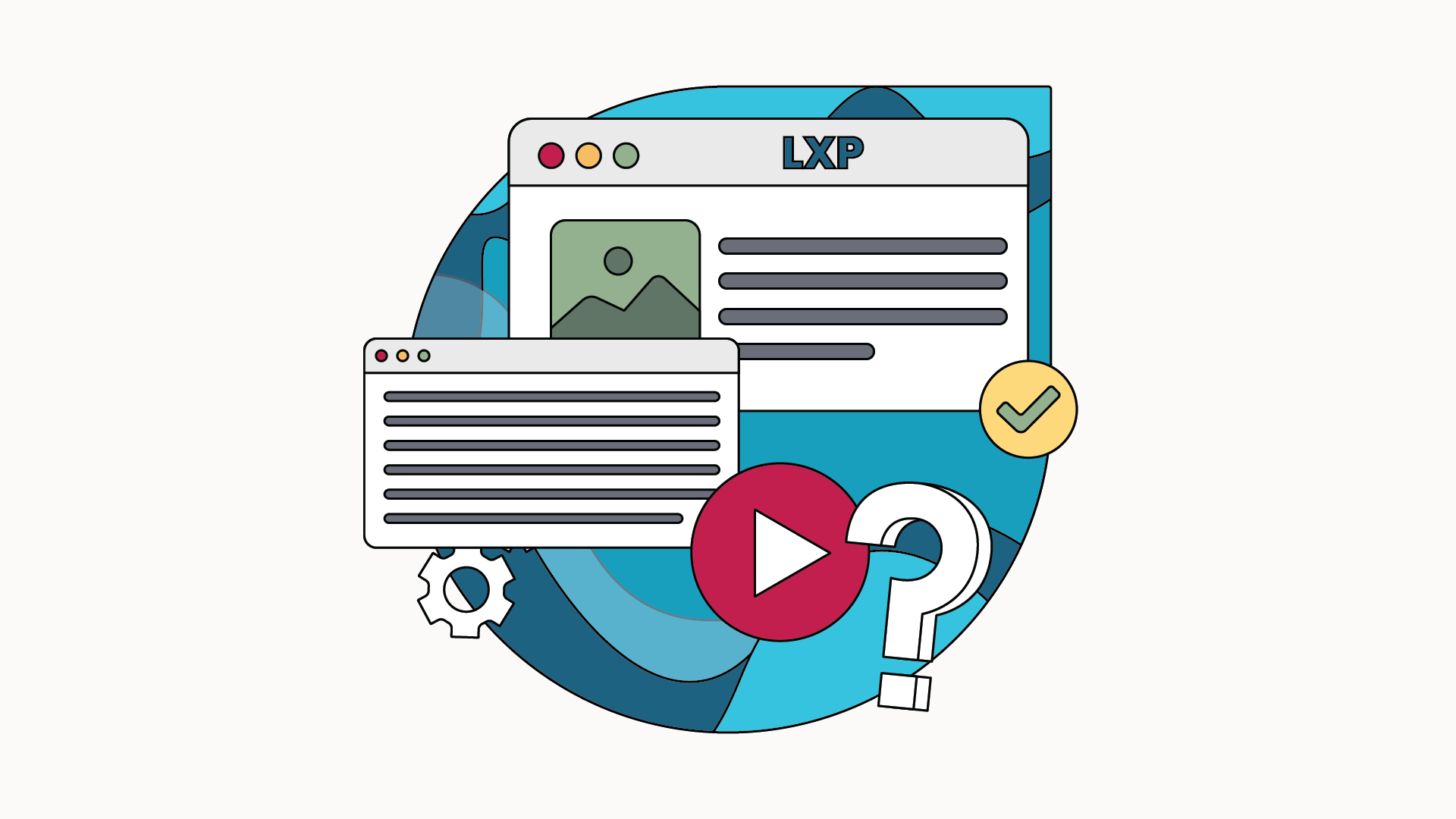The flipped classroom is, originally, a principle ofeducational engineering developed in the education sector. Today, this practice is used in businesses thanks to the democratization of the Internet. This tool of the vocational training Allows you to develop learners' skills more optimally. In the professional world, this practice is relatively recent, however, it is already giving very encouraging results!
What is the principle of the flipped classroom?
What is a flipped classroom?
Otherwise called flipped learning, this concept is simple, Learners take the courses from home and they put them into practice, in the classroom, with the help of the trainer. The flipped classroom, as its name suggests, is the opposite of classical learning. It allows learners to learn the theory from home and to ask all the questions afterwards during the training with the trainer. Thanks to this form of learning, learners are engaged in their training journey. They know that the time with the trainer is dedicated to maximizing their knowledge and resolving their misunderstandings. As a result, learners learn more effectively.
This concept was created by Eric Mazur (famous professor of physics) at Harvard in the 1990s. He started a program called “peer learning.” By creating this module, Eric Mazur demonstrated that learners in a flipped classroom are more successful than those who took traditional courses or training, in particular because the investment is maximized.
What is a flipped classroom style: the principles
Why was the flipped classroom created?
It was created to solve certain learning difficulties. Indeed, corporate training often takes place according to a transmissible pattern: the trainer learns and the learner then tries to transpose the skills and knowledge to his work. In the end, once the training has been completed, the learner is left alone in the face of difficulties. La flipped pedagogy consists in having the theory learned remotely alone, then put it into practice in a group with the support of the trainer.
To summarize, the learner performs tasks independently and complex tasks with the trainer.
A change in the posture of the learner and the trainer
The learner is active throughout the process; he is not passive, quite the contrary. The flipped classroom causes a change in the trainer's posture, it is no longer face-to-face learning, but side by side. Here, there is no frontal posture, the trainer is present to accompany. Often, the course itself works in a working group so that everyone can discuss freely what they have understood or not, involving the learners more.
The benefits of flipped classrooms
Discover the advantages of the flipped classroom in the service of learners, but also at the service of the company:
- Own learning pace
- Flexibility (from where and when the learner wants)
- The trainer is a tutor who accompanies
- Learning is motivating, active, and interactive
- Promotes group work and collaboration
- The learner is more engaged and develops his skills further
- Personalization
- Autonomy
- More effective learning
- Educational resources are sustainable
Attention, the flipped classroom requires to be rigorous in your self-discipline!
How do you organize the flipped classroom?
To effectively organize a flipped classroom, follow these key steps:
- Prepare theoretical content: create or select educational resources (videos, readings, etc.) that learners will study independently before the classroom session.
- Plan classroom activities: design practical exercises, collaborative projects, or discussions that will deepen and apply the knowledge you have learned.
- Communicate clearly: Explain to learners the concept of flipped classrooms and your expectations for preparing them before class.
- Check comprehension: Use quizzes or online activities to assess comprehension of content studied at home.
- Facilitate active learning: in the classroom, guide learners, answer questions, and encourage peer interactions.
- Offer personalized support: take advantage of classroom time to help one-on-one learners who need it .
- Evaluate and adjust: gather learners' feedback and adapt your approach accordingly to optimize the effectiveness of the flipped classroom and future sessions!




